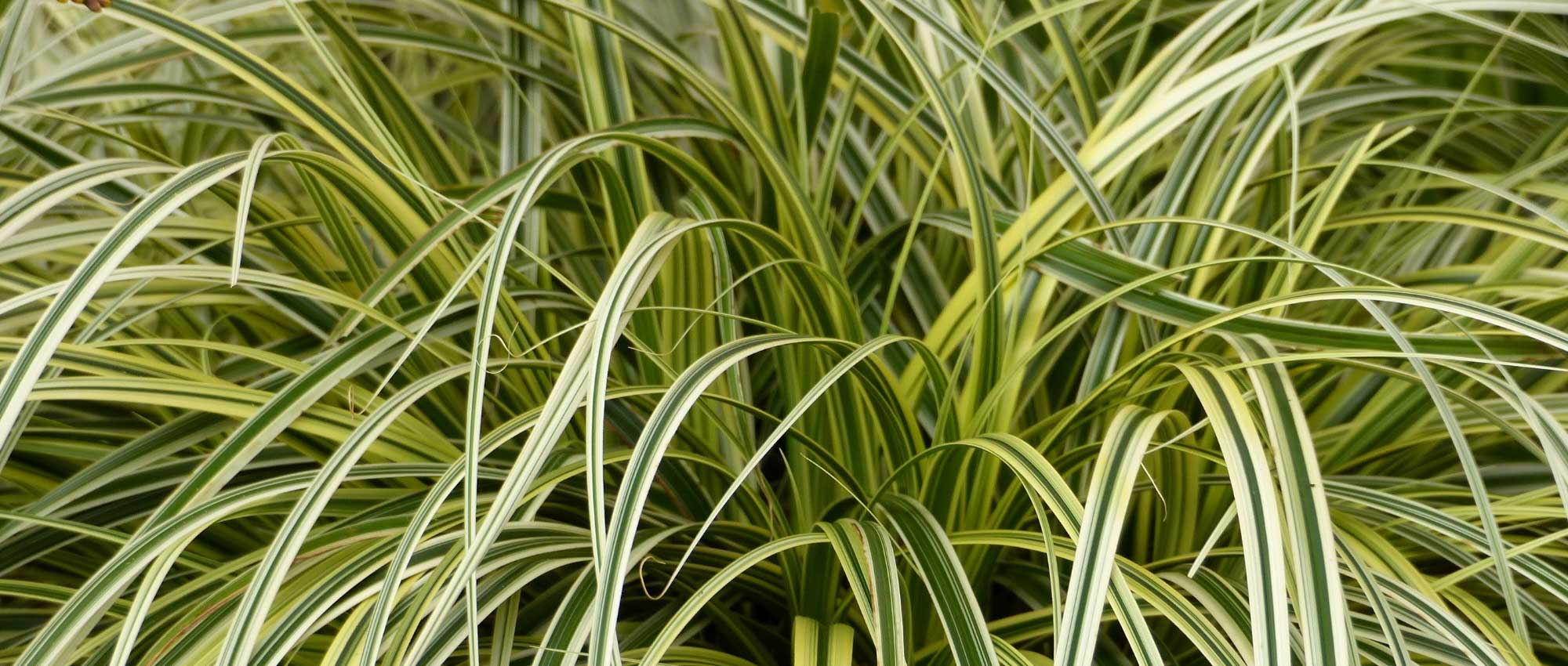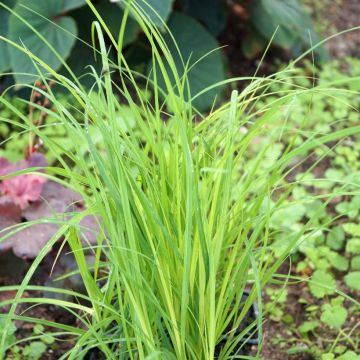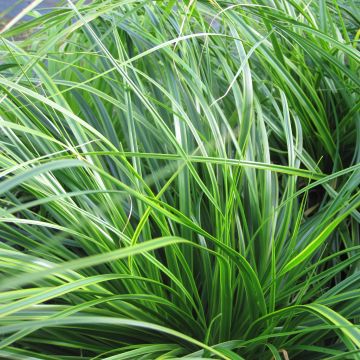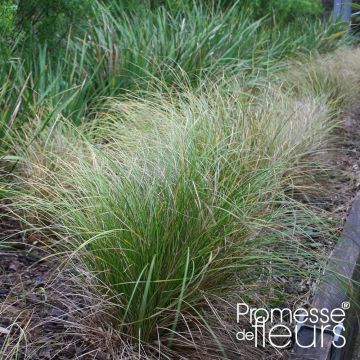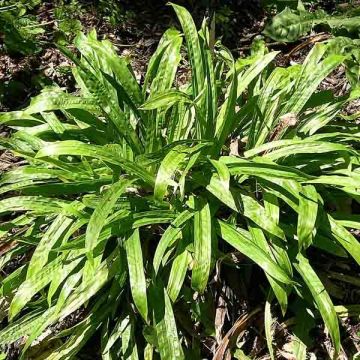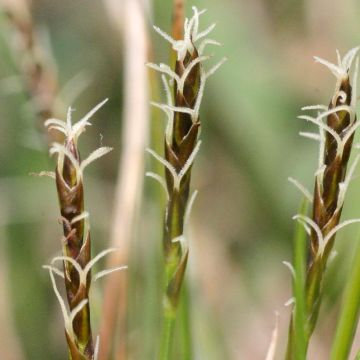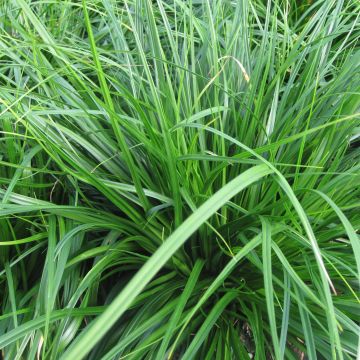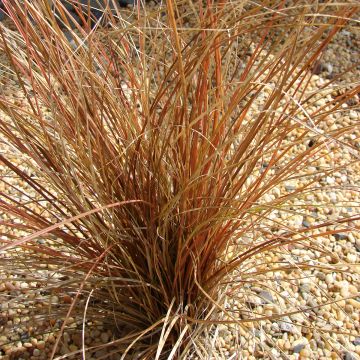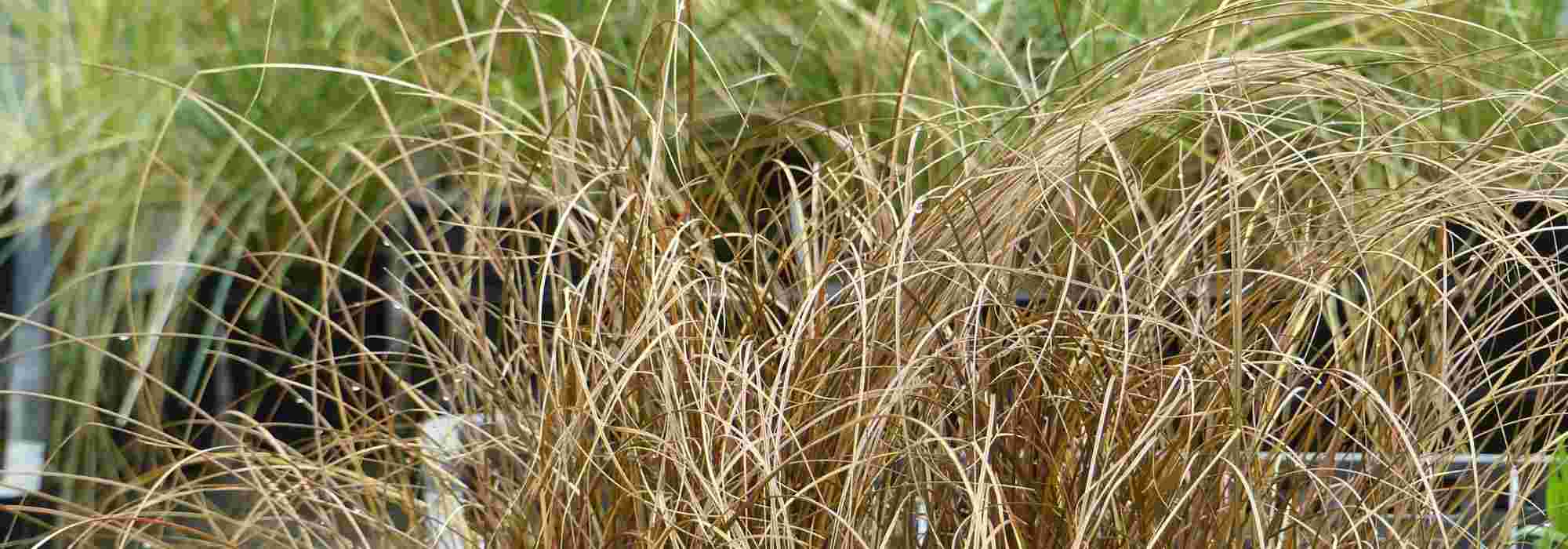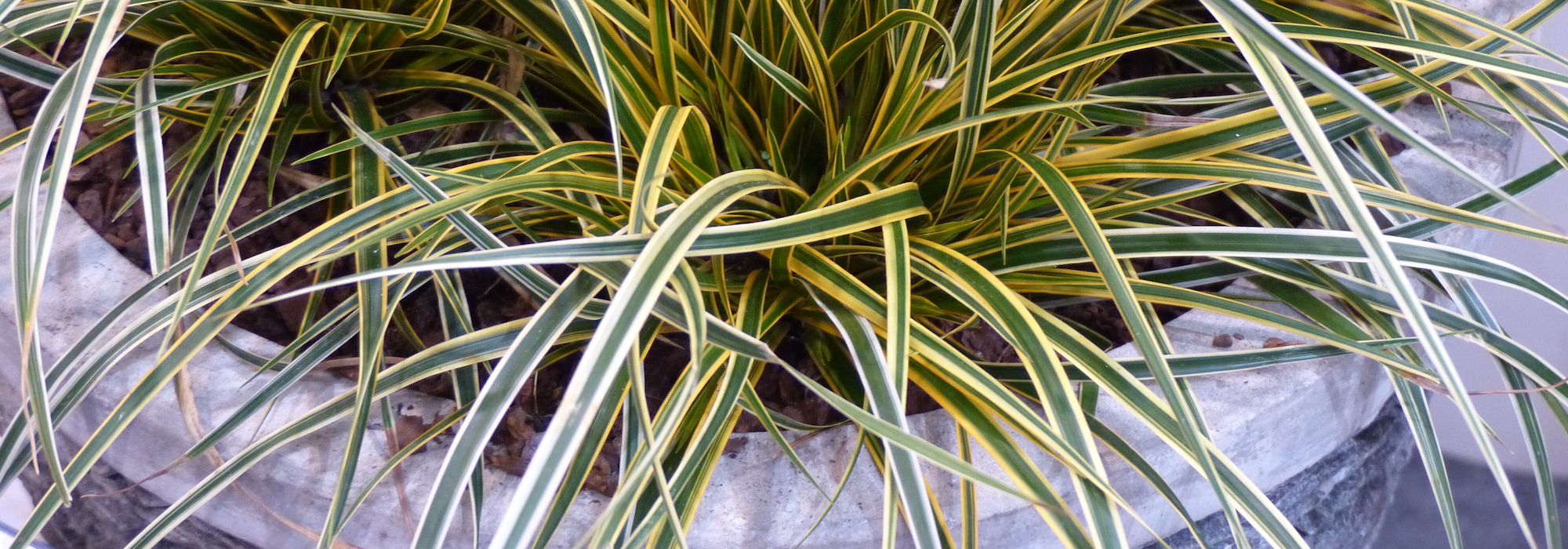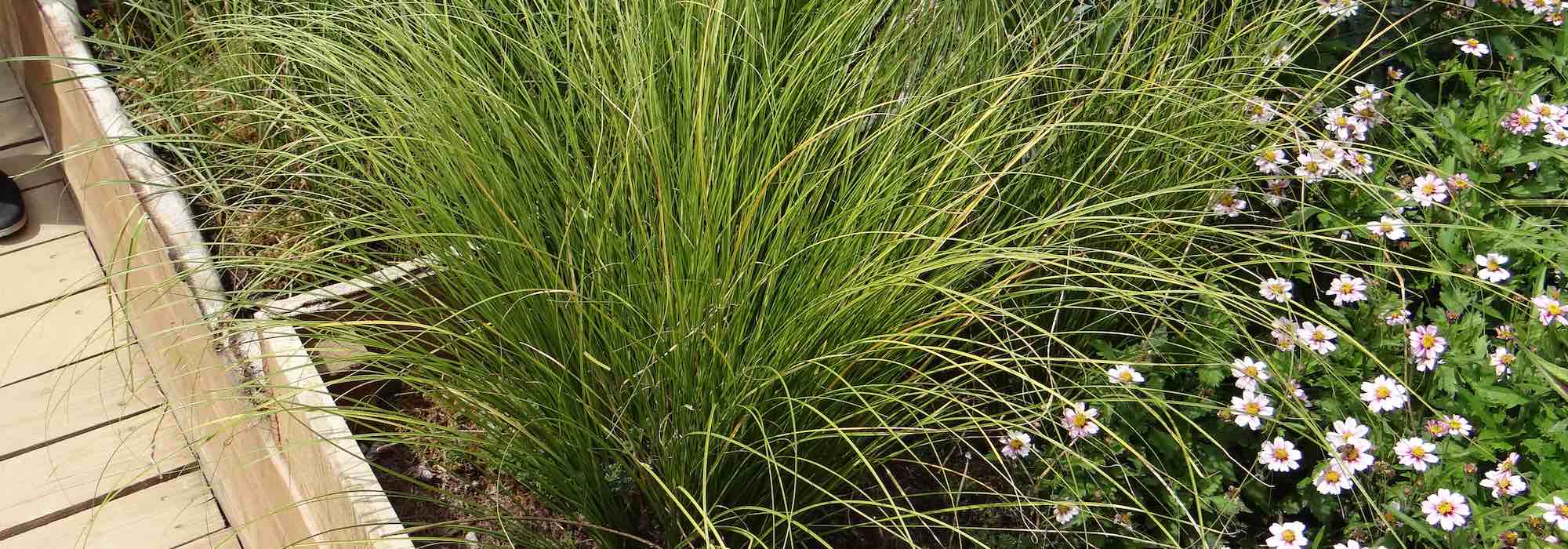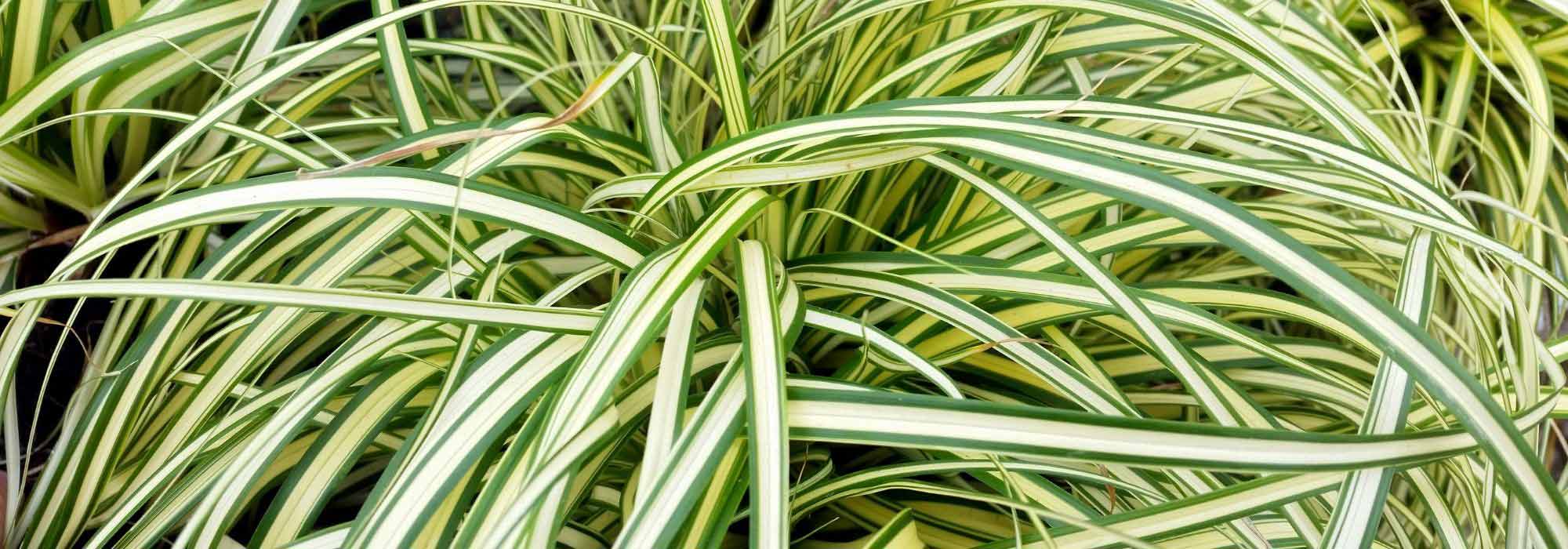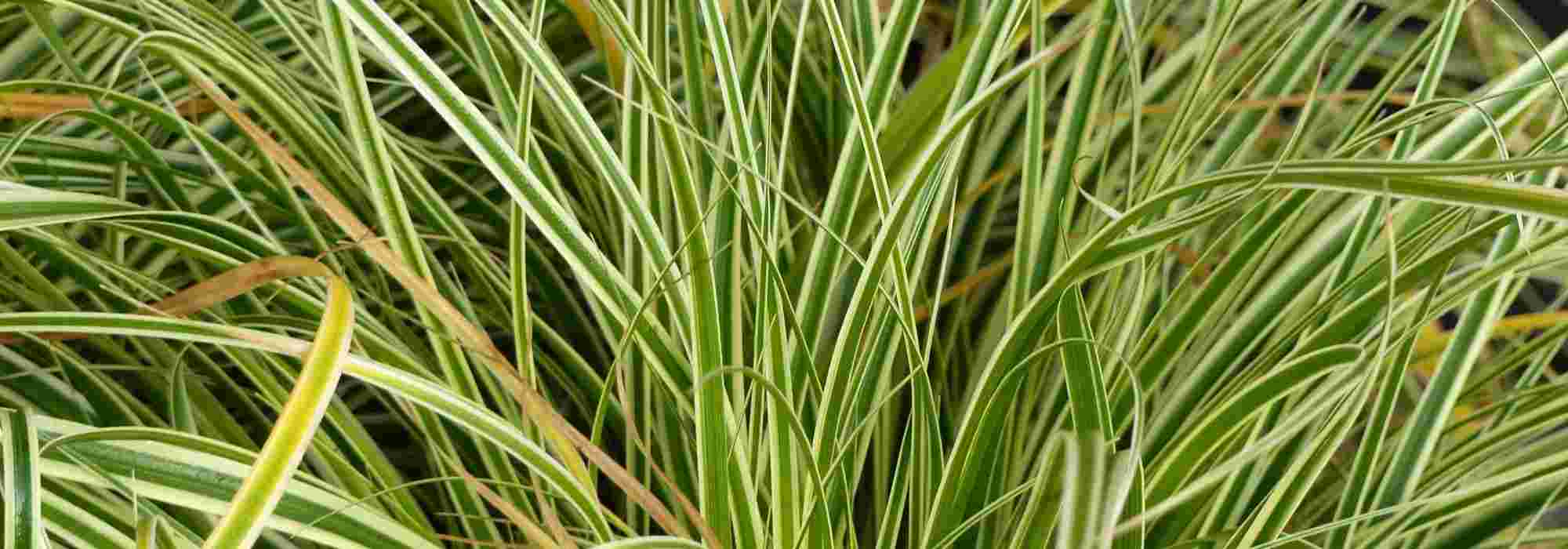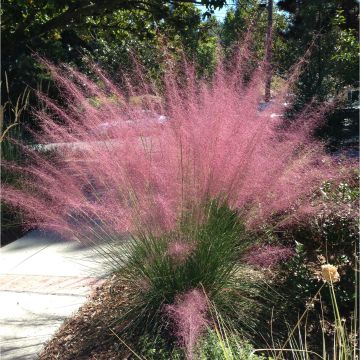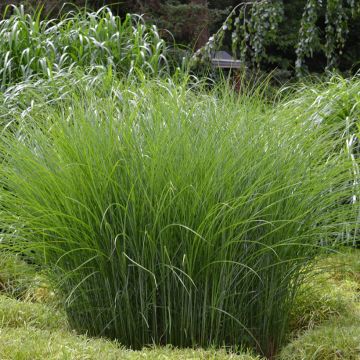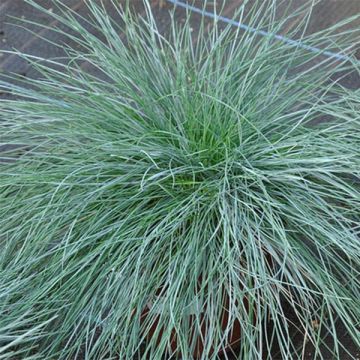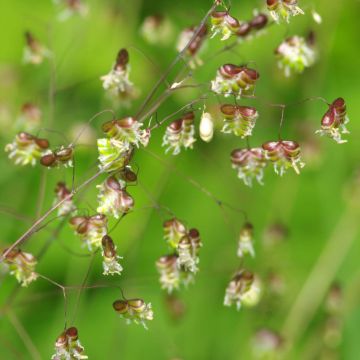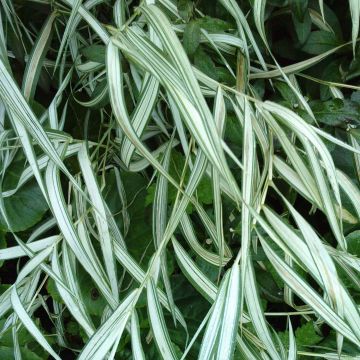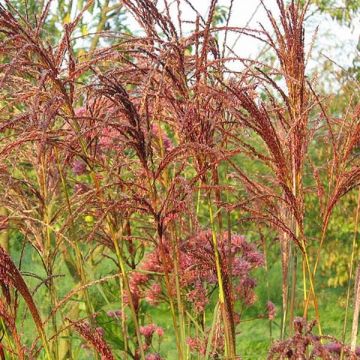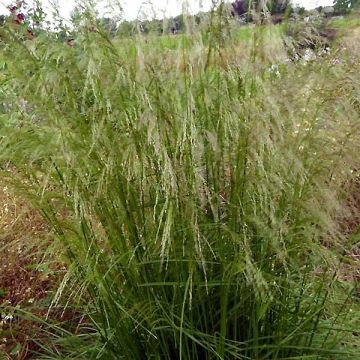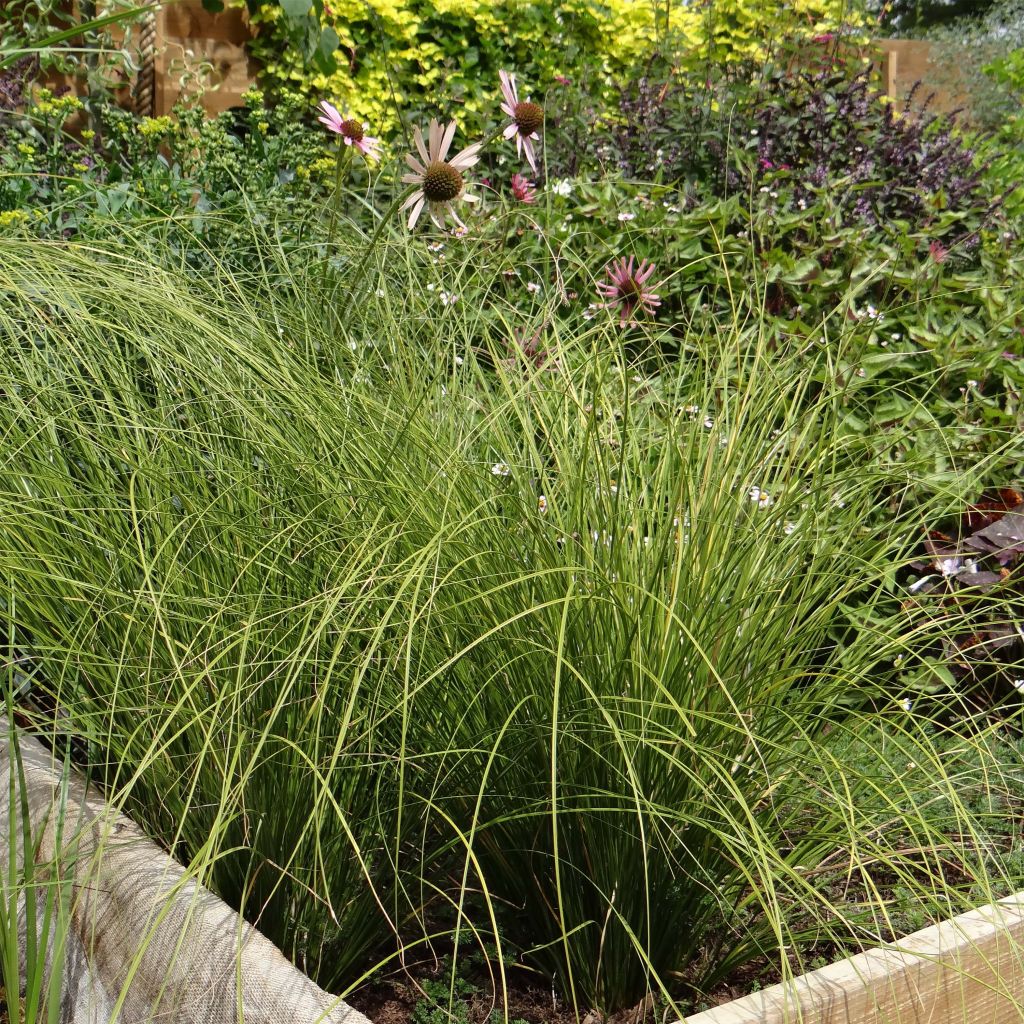

Carex testacea Lime Shine
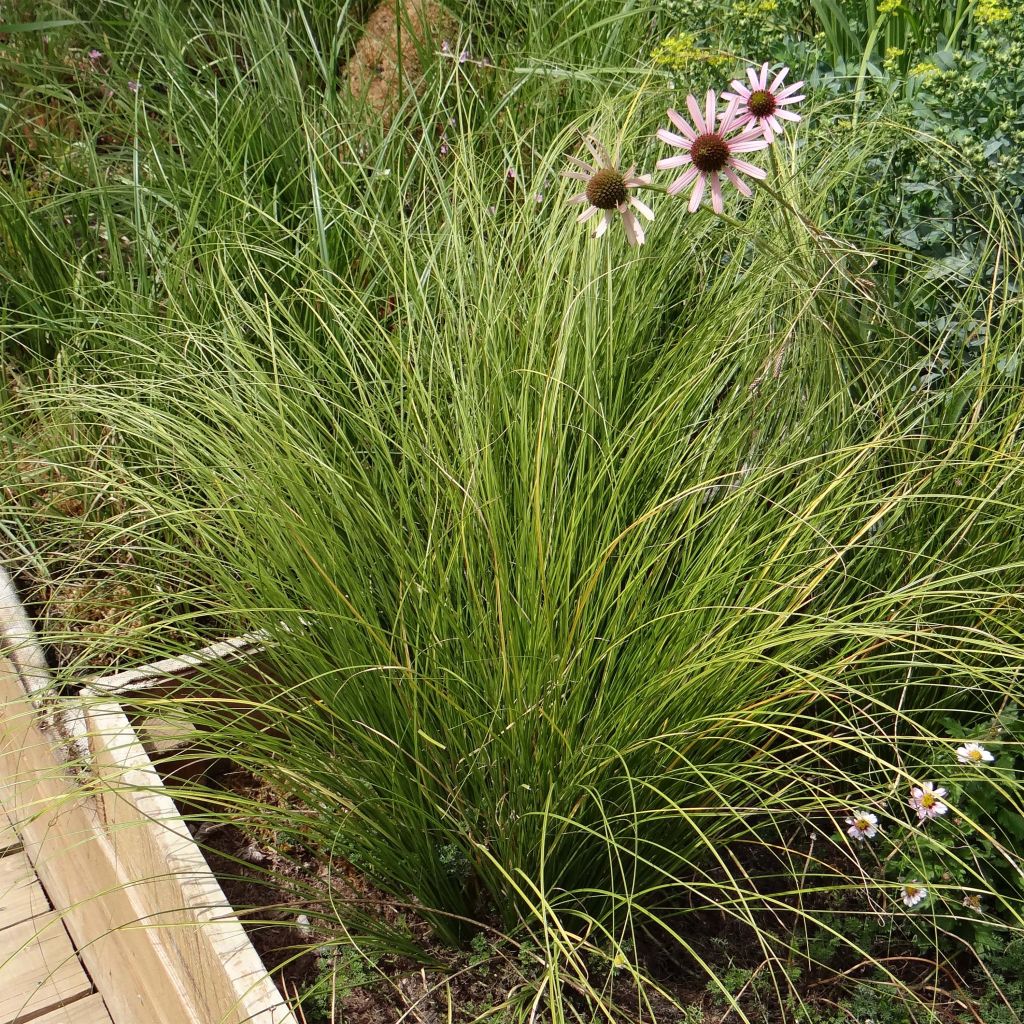

Carex testacea Lime Shine
Carex testacea Lime Shine
Carex testacea Lime Shine
Orange New Zealand Sedge
Good reception, well packaged. Planted upon receipt, too early to give an opinion.
Roland, 11/03/2023
Special offer!
Receive a €20 voucher for any order over €90 (excluding delivery costs, credit notes, and plastic-free options)!
1- Add your favorite plants to your cart.
2- Once you have reached €90, confirm your order (you can even choose the delivery date!).
3- As soon as your order is shipped, you will receive an email containing your voucher code, valid for 3 months (90 days).
Your voucher is unique and can only be used once, for any order with a minimum value of €20, excluding delivery costs.
Can be combined with other current offers, non-divisible and non-refundable.
Home or relay delivery (depending on size and destination)
Schedule delivery date,
and select date in basket
This plant carries a 12 months recovery warranty
More information
We guarantee the quality of our plants for a full growing cycle, and will replace at our expense any plant that fails to recover under normal climatic and planting conditions.

Would this plant suit my garden?
Set up your Plantfit profile →
Description
Carex testacea 'Lime Shine' is a new variety of sedge that is particularly bright in spring. This medium-sized grass forms a dense and flexible clump like a head of hair, with thread-like and shiny leaves that evolve from lime green in spring to orange as the season progresses. In winter, its partially dry and blonde foliage remains quite decorative in natural scenes. Perennial and hardy, this sedge thrives in sunny, well-drained soil in rockeries or raised beds where it performs wonderfully. It adapts well to container gardening and can be used to enhance a large flower pot or a basin on a contemporary-style patio.
Carex testaceae, also known as Orange Sedge, belongs to the Cyperaceae family. It is native to New Zealand, where it is often planted on highway medians. However, in our climate, this grass will require a bit more attention. It needs a sunny exposure, sheltered from cold and dry winds, and well-drained soil that is not too dry in summer, but does not retain too much moisture in winter. Under these conditions, it will be hardy down to -15°C (5°F). It is an herbaceous perennial plant with stoloniferous rhizomes.
The 'Lime Shine' cultivar was selected for its unique spring foliage colour. In the span of 4 to 5 years, 'Lime Shine' forms a dense, slightly trailing clump, reaching a height of 50cm (20in) and a width of 40cm (16in). Its foliage is evergreen depending on the severity of winter. It consists of long, thread-like leaves with slightly twisted tips. Their spring colour is acid green, sometimes almost yellow in very sunny situations. They gradually turn orange over time. The flowering is discreet, occurring in summer in the form of stalks bearing tiny, drooping, scale-like greenish-brown spikes. The seeds, dispersed by the wind, can self-sow in the garden.
Carex testacea 'Lime Shine' thrives in well-drained soil without excess limestone. Plant it in raised beds, sandy soils, or in a not too dry rockery in summer. Its colours bring the garden to life, even at the end of a sunny winter day. This versatile perennial can be used in urban gardens as ground cover, or on embankments where it can play a significant role in soil stabilisation. It is also a good plant for containers, to be placed on a balcony or patio. Low-maintenance and water-efficient, it can be combined with other grasses (such as Stipa tenuifolia or S. capillata, Muhlenbergia capillaris) as well as perennials like dwarf Gaura and Verbena bonariensis. It will be particularly decorative when paired with orange flowers like Echinacea 'Marmalade' and E. 'Tangerine Dream'. When planted en masse along a path or alley, it will emphasise and soften the layout. For a wild effect, plant it in groups, in a contemporary or rustic garden.
There are 1000 species of sedges found worldwide, so you are sure to find one that suits your garden. They can be found in all environments where plants grow. Some adapt very easily to many situations and any garden soil, while others need to be grown in their specific research area. Make your choice!
Carex testacea Lime Shine in pictures
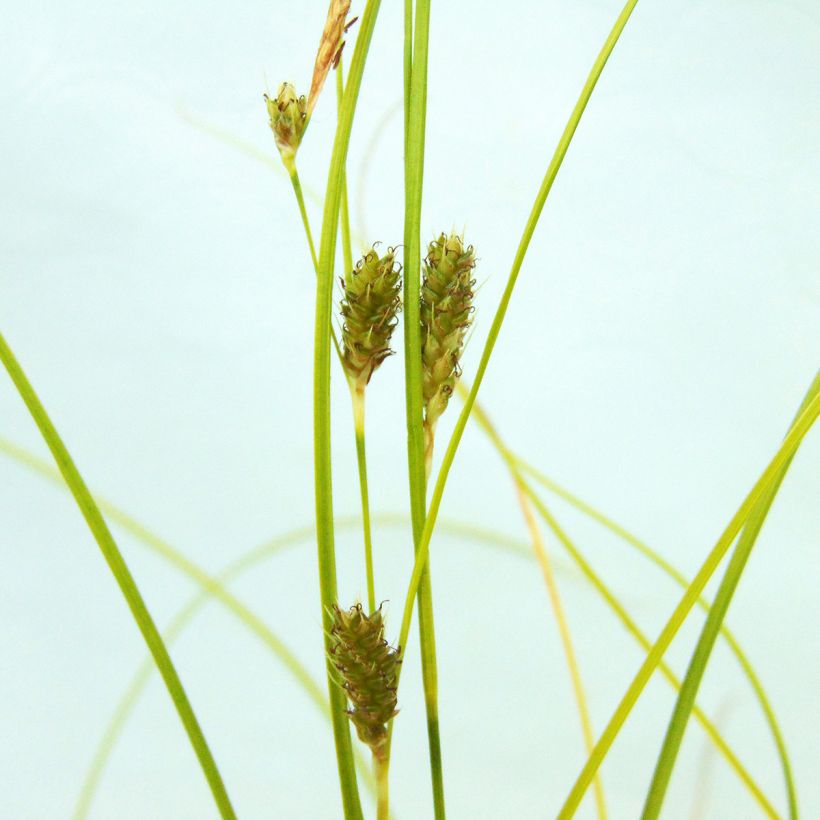

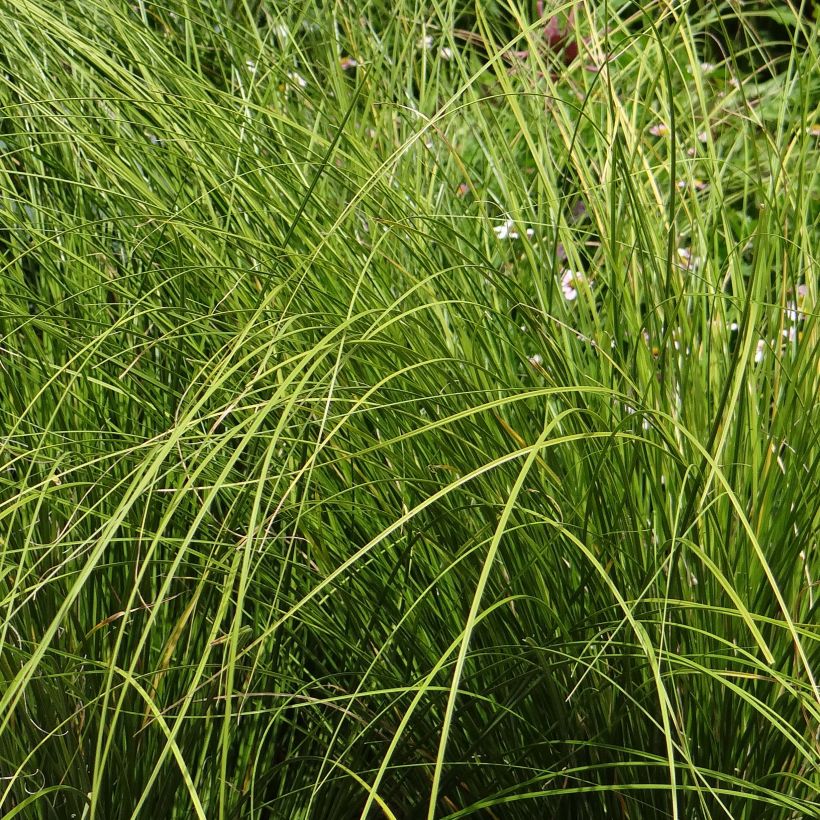

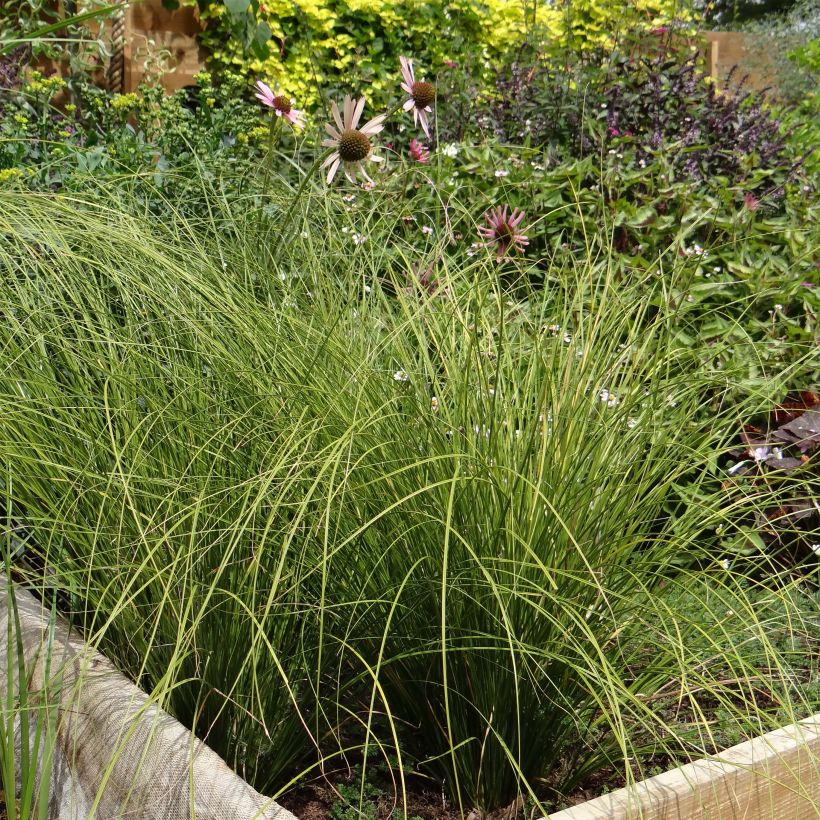

Flowering
Foliage
Plant habit
Botanical data
Carex
testacea
Lime Shine
Cyperaceae
Orange New Zealand Sedge
Oceania
Other Carex
View all →Planting and care
Plant in spring, or early autumn in mild climates. It appreciates fairly fertile soil, even slightly clayey, but low or non-calcareous and always very well-drained as this grass particularly fears excess moisture in winter. In summer, the soil should, however, remain fairly moist. This plant will tolerate periods of moderate drought once well established. Choose a location sheltered from cold and dry winds that could harm its hardiness. A very sunny exposure will enhance the foliage colouration.
Planting period
Intended location
Care
Planting & care advice
-
, onOrder confirmed
Reply from on Promesse de fleurs
Similar products
Haven't found what you were looking for?
Hardiness is the lowest winter temperature a plant can endure without suffering serious damage or even dying. However, hardiness is affected by location (a sheltered area, such as a patio), protection (winter cover) and soil type (hardiness is improved by well-drained soil).

Photo Sharing Terms & Conditions
In order to encourage gardeners to interact and share their experiences, Promesse de fleurs offers various media enabling content to be uploaded onto its Site - in particular via the ‘Photo sharing’ module.
The User agrees to refrain from:
- Posting any content that is illegal, prejudicial, insulting, racist, inciteful to hatred, revisionist, contrary to public decency, that infringes on privacy or on the privacy rights of third parties, in particular the publicity rights of persons and goods, intellectual property rights, or the right to privacy.
- Submitting content on behalf of a third party;
- Impersonate the identity of a third party and/or publish any personal information about a third party;
In general, the User undertakes to refrain from any unethical behaviour.
All Content (in particular text, comments, files, images, photos, videos, creative works, etc.), which may be subject to property or intellectual property rights, image or other private rights, shall remain the property of the User, subject to the limited rights granted by the terms of the licence granted by Promesse de fleurs as stated below. Users are at liberty to publish or not to publish such Content on the Site, notably via the ‘Photo Sharing’ facility, and accept that this Content shall be made public and freely accessible, notably on the Internet.
Users further acknowledge, undertake to have ,and guarantee that they hold all necessary rights and permissions to publish such material on the Site, in particular with regard to the legislation in force pertaining to any privacy, property, intellectual property, image, or contractual rights, or rights of any other nature. By publishing such Content on the Site, Users acknowledge accepting full liability as publishers of the Content within the meaning of the law, and grant Promesse de fleurs, free of charge, an inclusive, worldwide licence for the said Content for the entire duration of its publication, including all reproduction, representation, up/downloading, displaying, performing, transmission, and storage rights.
Users also grant permission for their name to be linked to the Content and accept that this link may not always be made available.
By engaging in posting material, Users consent to their Content becoming automatically accessible on the Internet, in particular on other sites and/or blogs and/or web pages of the Promesse de fleurs site, including in particular social pages and the Promesse de fleurs catalogue.
Users may secure the removal of entrusted content free of charge by issuing a simple request via our contact form.
The flowering period indicated on our website applies to countries and regions located in USDA zone 8 (France, the United Kingdom, Ireland, the Netherlands, etc.)
It will vary according to where you live:
- In zones 9 to 10 (Italy, Spain, Greece, etc.), flowering will occur about 2 to 4 weeks earlier.
- In zones 6 to 7 (Germany, Poland, Slovenia, and lower mountainous regions), flowering will be delayed by 2 to 3 weeks.
- In zone 5 (Central Europe, Scandinavia), blooming will be delayed by 3 to 5 weeks.
In temperate climates, pruning of spring-flowering shrubs (forsythia, spireas, etc.) should be done just after flowering.
Pruning of summer-flowering shrubs (Indian Lilac, Perovskia, etc.) can be done in winter or spring.
In cold regions as well as with frost-sensitive plants, avoid pruning too early when severe frosts may still occur.
The planting period indicated on our website applies to countries and regions located in USDA zone 8 (France, United Kingdom, Ireland, Netherlands).
It will vary according to where you live:
- In Mediterranean zones (Marseille, Madrid, Milan, etc.), autumn and winter are the best planting periods.
- In continental zones (Strasbourg, Munich, Vienna, etc.), delay planting by 2 to 3 weeks in spring and bring it forward by 2 to 4 weeks in autumn.
- In mountainous regions (the Alps, Pyrenees, Carpathians, etc.), it is best to plant in late spring (May-June) or late summer (August-September).
The harvesting period indicated on our website applies to countries and regions in USDA zone 8 (France, England, Ireland, the Netherlands).
In colder areas (Scandinavia, Poland, Austria...) fruit and vegetable harvests are likely to be delayed by 3-4 weeks.
In warmer areas (Italy, Spain, Greece, etc.), harvesting will probably take place earlier, depending on weather conditions.
The sowing periods indicated on our website apply to countries and regions within USDA Zone 8 (France, UK, Ireland, Netherlands).
In colder areas (Scandinavia, Poland, Austria...), delay any outdoor sowing by 3-4 weeks, or sow under glass.
In warmer climes (Italy, Spain, Greece, etc.), bring outdoor sowing forward by a few weeks.






























